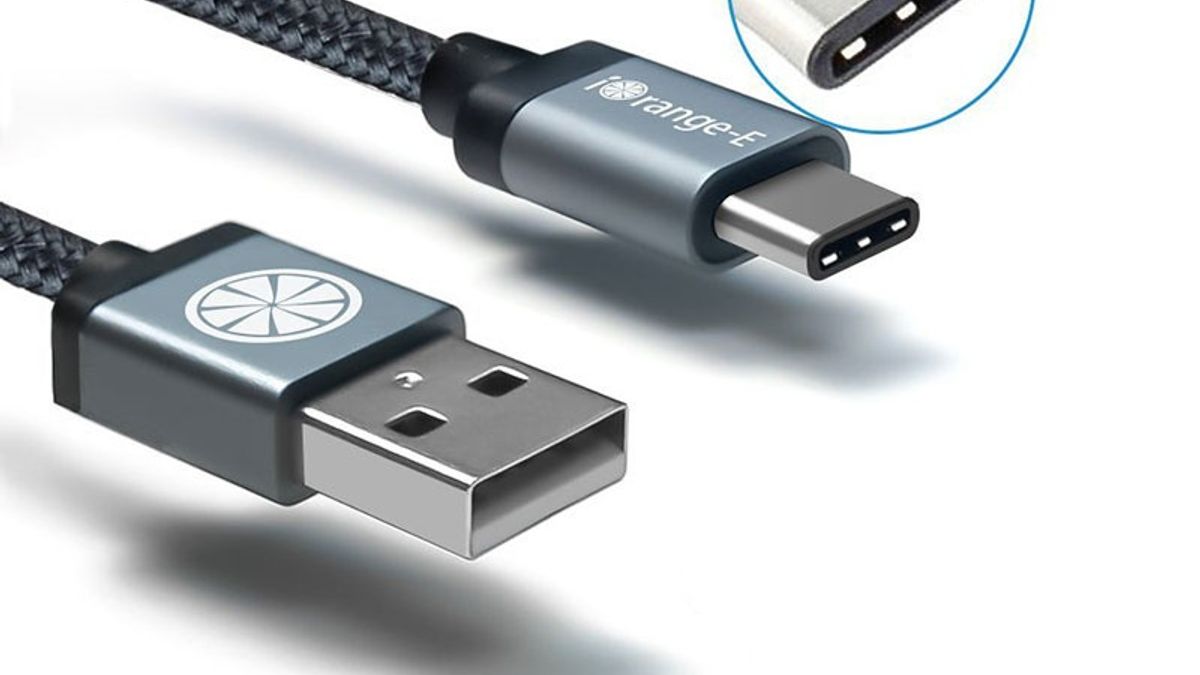JAKARTA - Recently, a number of smartphone vendors and manufacturers have started using Charger cables with Type C. So what are the advantages of this type of charging cable compared to other types?
In fact, the function of a USB Type-C cable is almost the same as Type-A or B, namely to transfer data, network connections so that it can be used for display output replacing VGA or HDMI functions.
In a smartphone, the function is the same as microUSB, such as for charging, data transfer, even audio output. It's just that the use of a USB Type-C cable has more advantages, including having a faster transfer speed, a speed equivalent to USB 3.1.
Interestingly, the USB Type-C form is reversible, so it can be used in any position. Not to mention the size of the port that can be made more compact following the thickness of a thin cellphone or laptop.

Recently, the use of USB Type-C for smartphone devices has also begun to be used. Generally, these devices are embedded with flagship devices, replacing the microUSB port, allowing for optimal data and power transfer. Intel has even developed USB Type-C technology with the addition of the Thunderbolt feature.
Deficiency
Despite its many advantages, using USB Type-C also has its drawbacks. Apart from the use of cables and devices that support this port, there are still not many sold in the market.
Because the price of accessories for the original USB Type-C is quite expensive, considering its ability to deliver data or electric current with greater power. So when there is a USB Type-C cable that is sold cheaply, you should be suspicious.
The English, Chinese, Japanese, Arabic, and French versions are automatically generated by the AI. So there may still be inaccuracies in translating, please always see Indonesian as our main language. (system supported by DigitalSiber.id)













